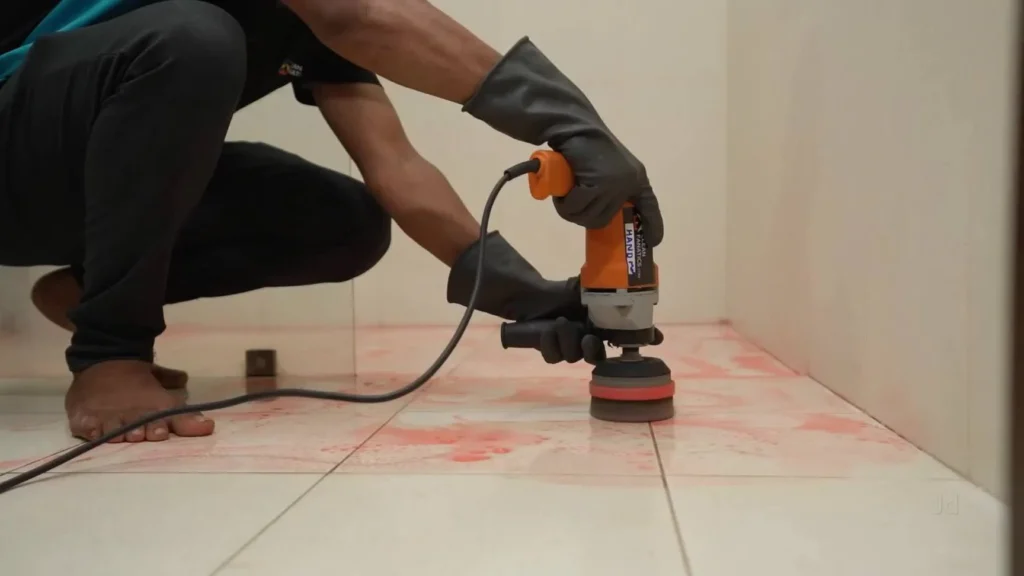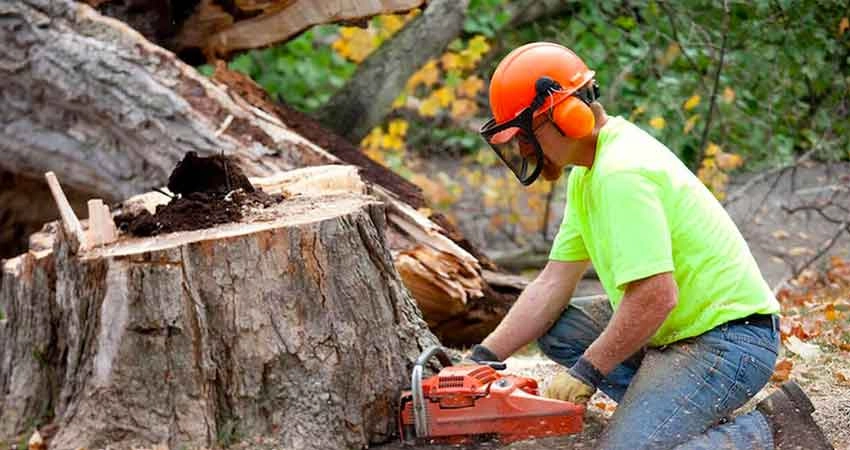Maintaining food safety in the kitchen is essential for preventing foodborne illnesses and ensuring a healthy environment for food preparation. One of the most important steps is to keep all kitchen surfaces clean and sanitized. Countertops, cutting boards, and sinks should be wiped down regularly using hot, soapy water followed by a sanitizing solution such as diluted bleach or a food-safe commercial sanitizer. It is crucial to clean up spills immediately, especially when dealing with raw meat, poultry, or seafood, as these can harbor harmful bacteria like Salmonella or E. coli. Cross-contamination is another major concern in the kitchen, which can be significantly reduced by using separate cutting boards for raw meat and other foods, like fruits and vegetables. Additionally, color-coded cutting boards can help reinforce this practice and reduce the risk of accidental contamination. Hand hygiene is equally vital in promoting food safety. Always wash hands thoroughly with soap and warm water for at least 20 seconds before and after handling food, especially raw meats, eggs, and unwashed produce.

Make sure to scrub between fingers, under nails, and up to the wrists to remove bacteria effectively. Using disposable gloves can be an added measure for cleanliness, but they are not a substitute for hand washing and must be changed frequently. Cleaning tools and dishcloths also need regular attention. Sponges and dishcloths should be washed daily and replaced often, as they can become breeding grounds for bacteria. Microwaving damp sponges for a minute or running them through a hot dishwasher cycle can help kill germs. Appliances like refrigerators, ovens, and microwaves must also be part of a consistent cleaning routine. Refrigerators should be cleaned every few weeks, with spills wiped up immediately to prevent mold or bacterial growth. Food safety cleaning is essential to keep raw foods in sealed containers and stored below cooked or ready-to-eat items to prevent dripping and contamination. The temperature of the fridge should be monitored to stay at or below 40°F 4°C.
Microwaves often collect splattered food, so cleaning them inside and out regularly will reduce odors and bacterial buildup. Similarly, ovens should be cleaned of food debris that can harbor bacteria or attract pests.Do not overlook less obvious areas such as cabinet handles, light switches, and garbage bins, which can accumulate germs through frequent contact. Regular disinfection of these high-touch surfaces helps maintain an overall hygienic environment. Trash bins should be lined with a bag and cleaned with a disinfectant weekly to reduce odors and bacteria. Finally, proper food storage and rotation are key in food safety. Always check expiration dates, practice FIFO first in, first out when storing foods, and ensure dry goods are kept in airtight containers to avoid pest infestation. Adopting these cleaning habits not only ensures a safe kitchen environment but also helps preserve the quality of the food you prepare, promoting the health and well-being of everyone in your home.



